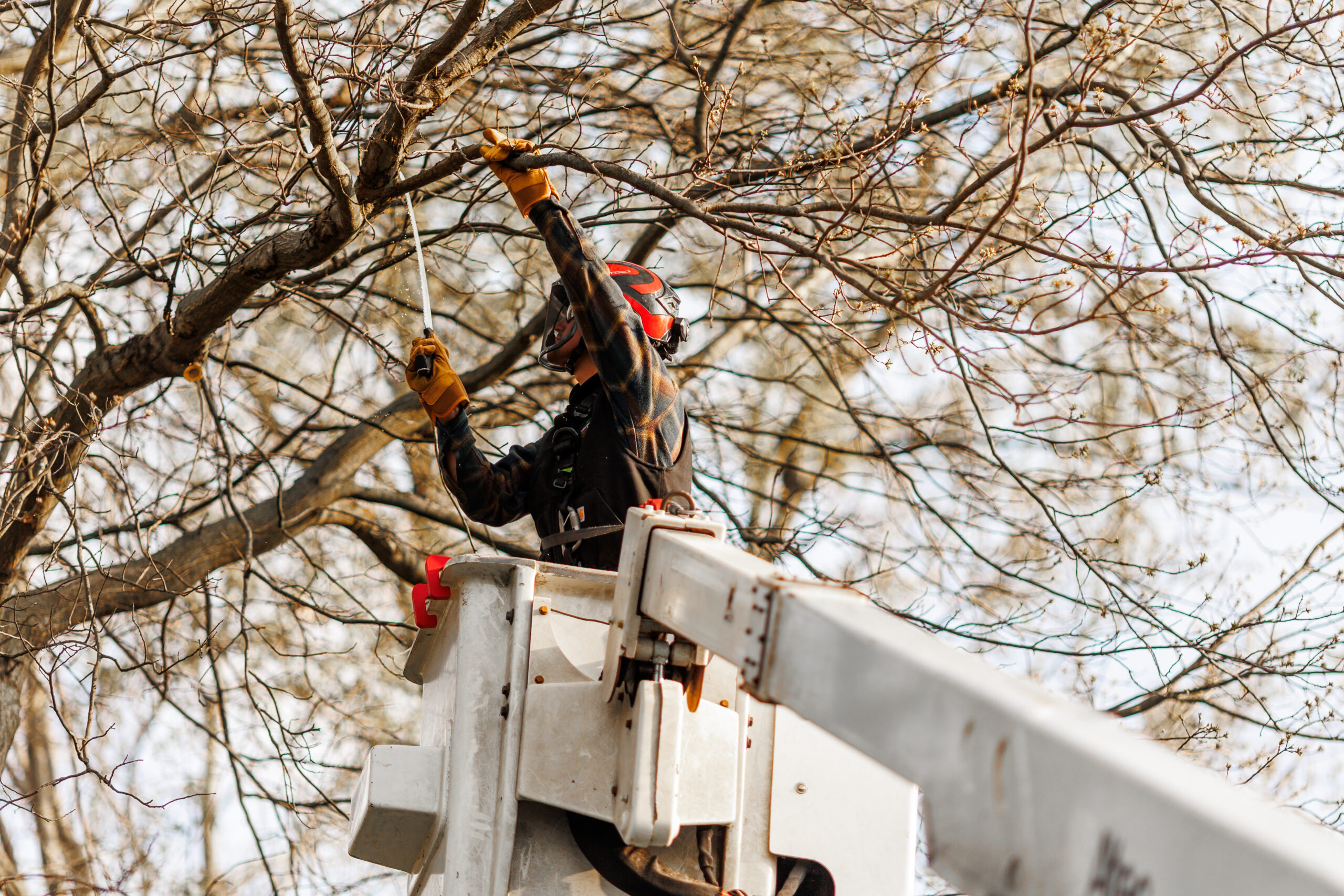How to Take Care of Your Trees in the Winter Months
Throughout the winter season, trees encounter an array of formidable challenges that can significantly impact their well-being and overall health. These challenges include but are not limited to freezing temperatures, the relentless grasp of frost, and a noticeable scarcity of life-giving sunlight. However, fear not, for there are several ways in which you, as a responsible steward of nature, can lend a helping hand to these resilient giants of the plant kingdom, ensuring their survival and fostering their eventual flourishing despite the harsh conditions they must endure.
Pruning
Proper pruning is crucial to remove dead or diseased branches. This helps your tree allocate energy efficiently and reduces the risk of branch breakage from snow or ice accumulation. Prune any weak or dead branches in late fall to ensure your tree is in the best possible condition before winter sets in.
Mulching
Apply a layer of mulch around the base of your tree to insulate the roots and retain moisture. This shields the roots from extreme cold and prevents them from drying out. Mulching not only protects your tree but also helps to maintain soil temperature and prevent the ground from freezing too deeply.
Hydration
Water your trees deeply before the ground freezes. Hydrated trees are better equipped to withstand the winter’s dry conditions. Even though it’s cold, trees can lose moisture through transpiration, and by ensuring they have enough water, you’ll help them stay healthy throughout the season.
Wrap Trunks
To prevent sunscald and damage from rodents, consider wrapping young tree trunks with tree guards or reflective wraps. These protective measures will shield the tree from extreme temperature fluctuations and nibbling pests.
Snow Removal
Be cautious when removing snow around your trees. Use a soft broom or a snow rake to gently clear snow from branches. Avoid using sharp tools or excessive force, as this can damage the tree’s structure.
Inspect for Pests
Winter is an excellent time to inspect your trees for signs of pests or diseases. Look for eggs, nests, or any unusual growths on the branches or trunk. Early detection can prevent infestations in the spring.
Consider Windbreaks
If you live in a windy area, consider planting a windbreak of shrubs or evergreen trees to shield your trees from harsh winter winds. Windbreaks can significantly reduce the stress on your trees during storms. Learn more here!

Winter Tree Care FAQs
Q: Should I prune my trees in the winter?
A: Yes, but only remove dead or diseased branches. Leave major pruning for late winter or early spring. Winter pruning helps prevent the spread of diseases and pests while the tree is dormant. A lot of time arborists can see the branches even better when there are no leaves. Talk to a certified arborist here!
Q: Can I use salt to melt ice around my trees?
A: Avoid using salt near trees, as it can harm their roots. Use alternatives like sand or calcium chloride. Salt can cause root damage and harm the tree’s overall health.
Q: How do I prevent snow accumulation on branches?
A: Gently brush off snow after each heavy snowfall to prevent branch breakage. Snow accumulation can weigh down branches and lead to damage or breakage.
Q: Are there winter-friendly tree species?
A: Yes, some trees, like conifers, are more winter-hardy. Consider planting these in cold climates. Conifers are adapted to handle winter conditions and retain their needles year-round.
Q: Can I wrap Christmas lights around my trees for decoration?
A: Yes, but avoid tightly securing them to prevent damage to the tree’s bark. When decorating trees with lights, ensure you don’t damage the tree’s protective outer layer. Learn more here!



